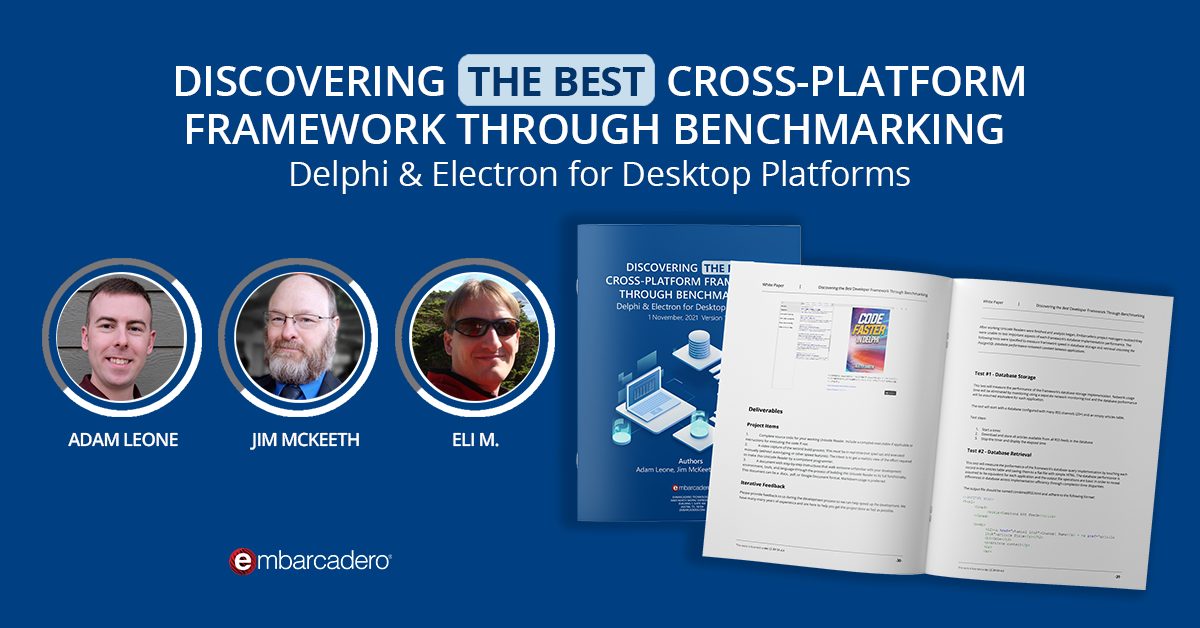
Wouldn’t it be great if your computer could have a protective layer that prevents bad things from happening when you run strange things from the internet or open strange attachments? You can, however, using the Windows Sandbox.
Windows Sandbox is a great feature you should definitely take a look at. Here are some of the best features of Windows Sandbox:
- Part of Windows
- Disposable
- Secure
- Efficient
- Quick
- Easy to start
What if we tried testing, coding, and development in a sandbox with Windows app development tools? What do you think of the results?
Table of Contents
What is Windows Sandbox?
Windows Sandbox has been built into Windows 10 since the May 1903 update and, it’s widely available. Most recent hardware should be able to use the Windows Sandbox extension. Like most containerization technologies your system will need to provide support for hardware virtualization before you can run the Windows Sandbox.
Note that you need to be using the Pro or Enterprise versions of Windows to enable the Windows Sandbox feature.

How do I enable Windows Sandbox?
To enable the Windows Sandbox extension in your system, just open the Windows Feature control panel, scroll down the list and then tick “Windows Sandbox”.

If the option is grayed out, usually, you need to open your computer’s BIOS and enable hardware virtualization to support the Windows Sandbox. You check how you can do this at your computer manufacturer’s website. If you are already running similar virtualization systems such as VMWARE, Hyper-V or VirtualBox you should find BIOS changes are unnecessary and it will just be a matter of ticking the checkbox shown above. If you do not see the option for Windows Sandbox check you are not using the Windows Home version which doesn’t support this feature.
What is the difference between Windows Sandbox and a virtual machine such as VMWARE or Hyper-V?
So, it is like a virtual machine but, it does not have any of the setup steps such as installing the “guest” operating system. The “guest” in this case is a ready-to-go copy of the same version of Windows as the one installed on your computer. Unlike other virtual machines each time your start a new Windows Sandbox instance it is ready to go immediately. With other VMs in order to begin from a “clean” starting point you typically either launch from a known snapshot (which might have a load of updates to install afterward) or perhaps be running right from the point of initial installation of the operating system in the guest VM.
With regular virtual machines, you might have a number of other additional configuration steps to follow before you have a usable “clean” VM environment. Moreover, if you get a system error or any other problem, you might need to reconfigure and install the guest operating system again. Windows Sandbox avoids all of that unpleasantness by running what is, in effect, a mini clone of your current computer complete with all the patches and updates.

What other things should I know about Windows Sandbox features?
Windows Sandbox is more akin to container technology, like Docker’s Hyper Virtualization technology. It’s the same Windows install, it’s the same executables and, it’s even the same Windows kernel in memory. So, this is a very lightweight way to get a disposable Windows desktop on top of your regular Windows desktop.
When you initialize Windows Sandbox, there will be no applications installed, but you can access your clipboard. Network access is there and GPU acceleration is also available. Also, you can share folders from the host with read and write permissions. So, if you’re trying out a suspicious executable it is better not to permit the Sandbox to access the host’s directories.
Some users say it is like Incognito mode for the entire operating system. 🙂
One of the cool things is that you can save all configurations into a ‘WSB’ file that you can utilize to start a Windows Sandbox with your favorite configurations pre-set.
If you are trying out an unfamiliar application or you have an attachment that you are not sure of, the Windows Sandbox gives you a relatively safe place to test it out.
Make sure you don’t use Windows Sandbox for the installation of software that has a one-time license key or has a ‘per seat’ restriction. All Windows Sandbox instances are temporary. When you close them all the software, files, and any ‘state’ data such as registry settings are completely eradicated. The next time you open a Windows Sandbox you get a brand-new clean back-to-the-beginning instance.
What is a quick summary of Windows Sandbox?
As a result, the Windows Sandbox is a very adaptable and convenient fast Windows virtual machine. It’s extremely useful to have a Windows Sandbox on your machine where you can quickly spin up a copy of Windows, do something, and then close it, and all activity and things installed are automatically wiped out and reset. It’s ideal for testing installations or new features in your apps as you create them, knowing that a nasty bug in your code won’t cause problems you can’t easily and safely fix.
Design. Code. Compile. Deploy.
Start Free Trial Upgrade Today
Free Delphi Community Edition Free C++Builder Community Edition







